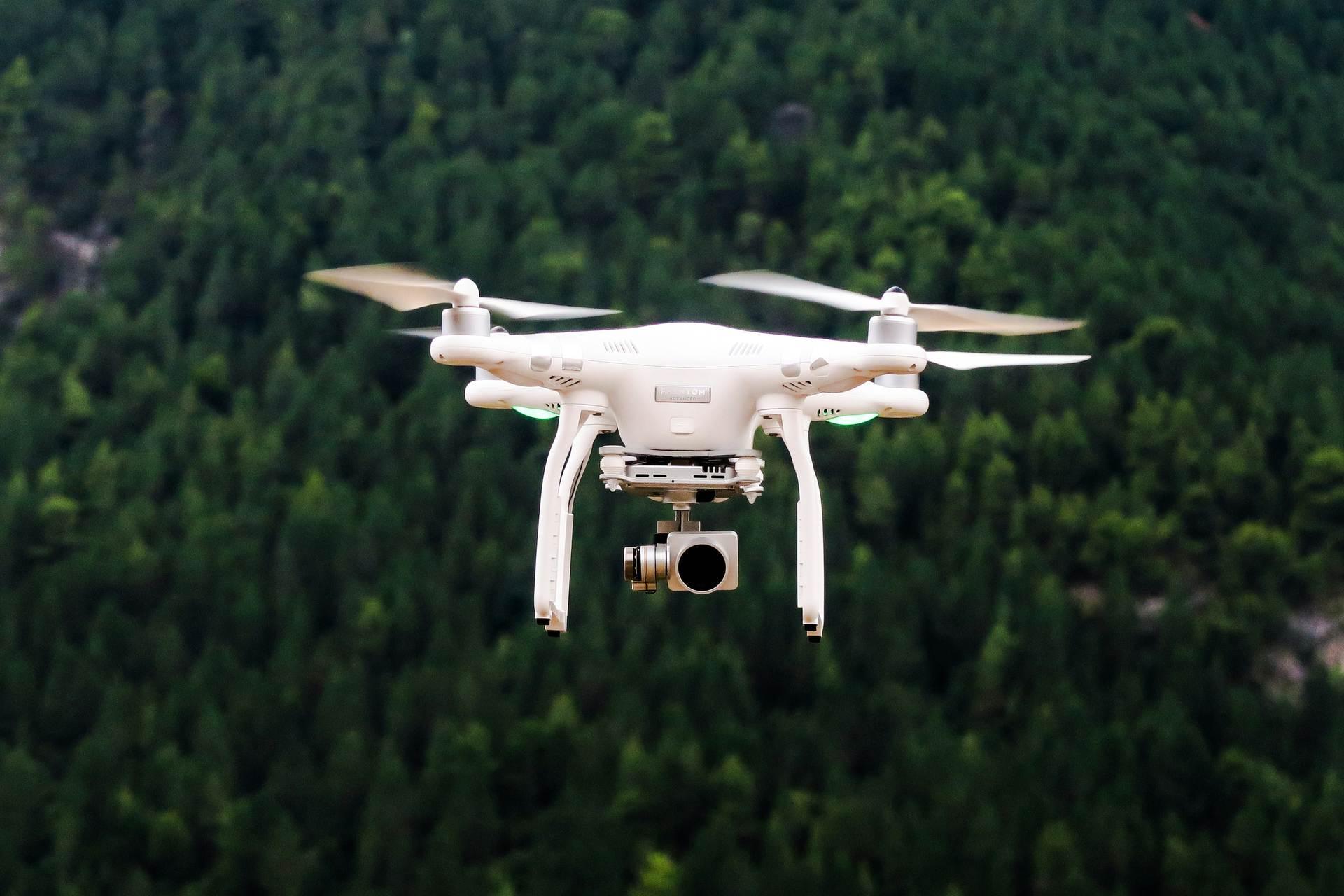The University of California Santa Barbara’s Benioff Ocean Science Laboratory (BOSL) is pioneering a groundbreaking initiative called “SharkEye” at Padaro Beach in California.
This popular surf spot, which doubles as a nursery for young great white sharks, is becoming a testing ground for advanced AI technology aimed at enhancing beachgoer safety.
SharkEye employs AI-backed drones to monitor shark activity beneath the waves. When a shark is detected, the system sends text alerts to a network of about 80 subscribers, including lifeguards, surf shop owners, and parents of children taking surf lessons.
AI vs human detection
The AI advantage in shark detection is becoming increasingly evident. Traditional drone surveillance, relying on human pilots to interpret live video feeds, has shown limited effectiveness, with studies indicating only about 60% accuracy in shark detection. Human operators face challenges such as choppy water, sun glare, and the difficulty of distinguishing between sharks and other objects like paddleboarders, seals, or kelp strands.
Early tests of SharkEye’s AI technology have shown promising results. The AI system has demonstrated superior performance, detecting more sharks than human operators and even identifying sharks that humans might miss due to depth or other factors. This improved accuracy could be a game-changer in beach safety protocols.
We still have so much to learn from nature
Beyond immediate safety applications, SharkEye’s data collection serves a dual purpose. The drone footage is being used to analyze shark behavior and to develop a sophisticated computer vision machine learning model.
The model aims to refine the AI’s ability to identify great white sharks specifically in the Padaro Beach area, potentially leading to more nuanced understanding of shark patterns and behavior.
Balancing technology and nature is a delicate act
While the benefits of AI-enabled shark monitoring are clear, this technology raises important questions about the extent to which we should interfere with natural ecosystems:
On one hand, the safety of beachgoers is paramount, and AI drones offer an unprecedented level of surveillance and early warning capabilities. This technology could prevent tragic incidents and allow humans and sharks to coexist more safely in shared marine environments.
However, there are concerns about the potential ecological impact of such intensive monitoring. Constant drone presence might disturb marine life, altering natural behaviors of not just sharks but other species as well. There’s also the risk of creating a false sense of security, potentially encouraging riskier behavior among beachgoers who might rely too heavily on technology for their safety.

Moreover, this approach raises ethical questions about our relationship with nature. Are we moving towards a future where wild spaces are constantly under technological surveillance? Could this lead to a disconnect between humans and the natural world, where we interact with nature primarily through the lens of technology?
As we advance in our technological capabilities, we must carefully consider the balance between human safety and the preservation of natural ecosystems. The implementation of AI drones for shark monitoring represents a significant step forward in beach safety, but it also challenges us to reflect on our role as stewards of the environment and how we navigate the complex relationship between technology and nature.
Featured image credit: Clément Falize/Unsplash






